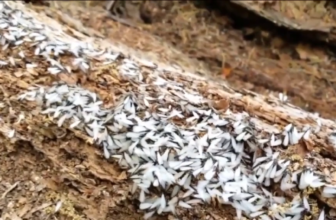How to Level a Garden: Step-by-Step Tips for a Perfect Landscape
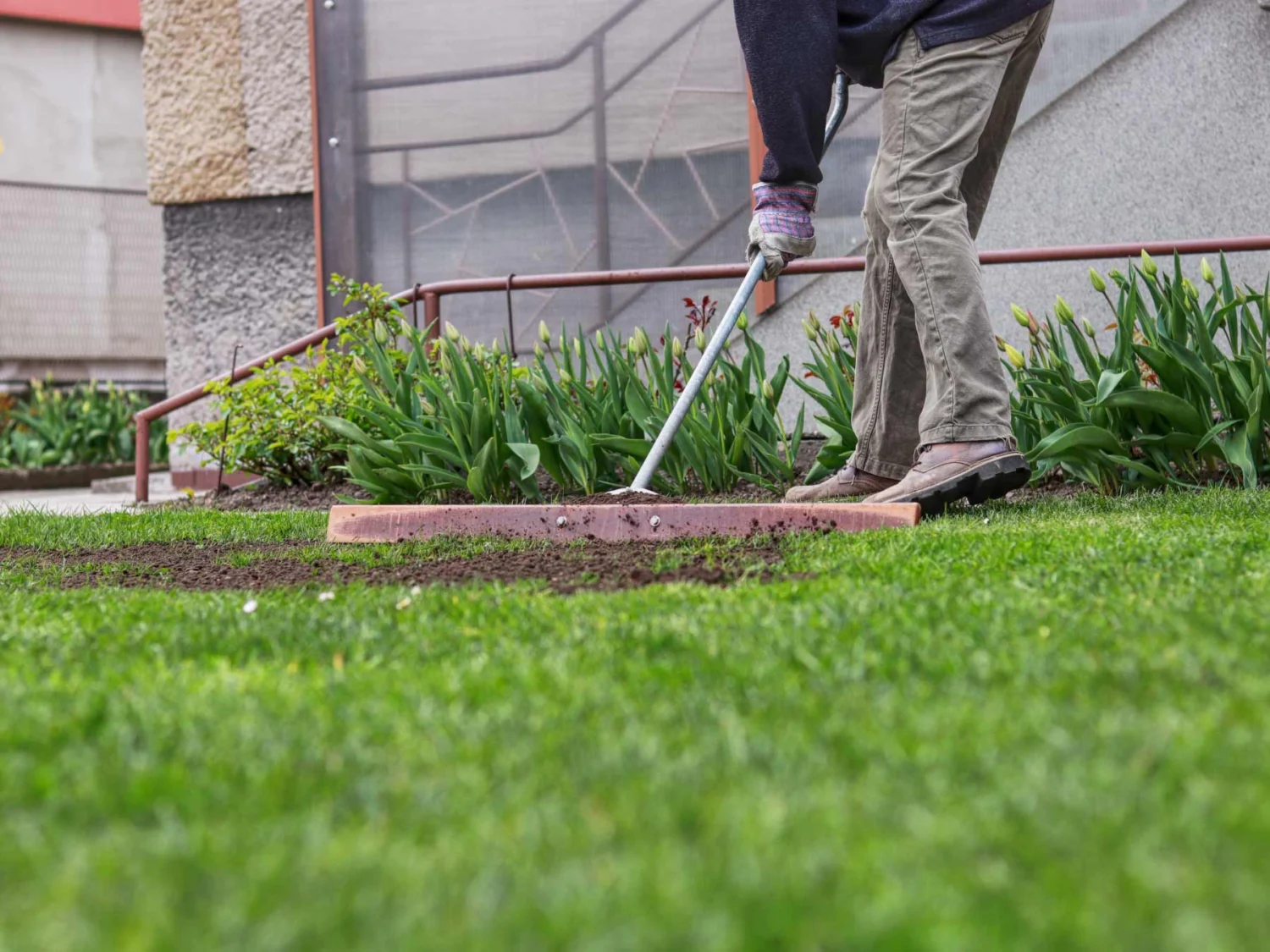
Creating a level garden is more than an aesthetic endeavor—it’s about creating a solid foundation for your landscaping dreams. Whether you are a gardening novice or a seasoned green thumb, leveling your garden is a crucial step toward achieving a beautiful and sustainable outdoor space. Here’s a comprehensive guide to help you on this journey, broken down into manageable steps.
Understanding the Importance of a Level Garden
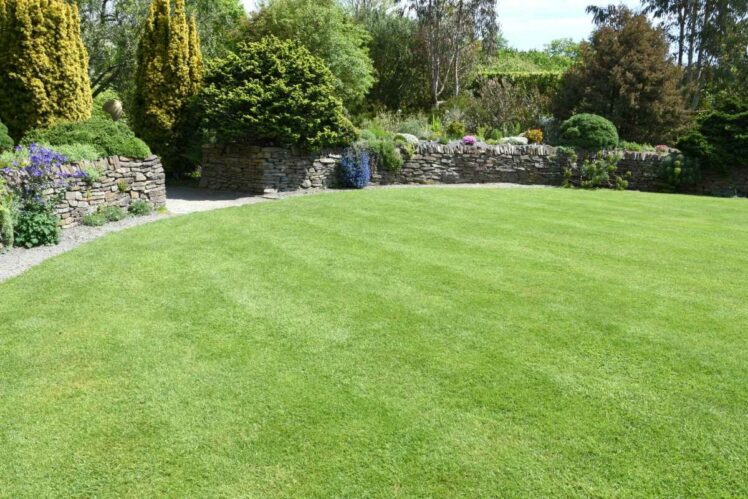
Source: bifolddoorsuk.com
Leveling your garden is the first step towards a beautiful and functional outdoor space. A level garden ensures proper drainage, prevents soil erosion, and provides a solid foundation for your plants, lawn, and outdoor structures.
A level garden is instrumental in preventing waterlogging, which can be detrimental to your plant’s health. Moreover, it facilitates smoother lawn maintenance, making mowing and other upkeep tasks less cumbersome. It also lays the groundwork for any landscaping projects you might have in mind, from installing a new patio to creating a vegetable patch. Understanding the basics of garden leveling not only enhances its aesthetic appeal but also significantly contributes to its functionality and ease of maintenance.
Tools You Will Need
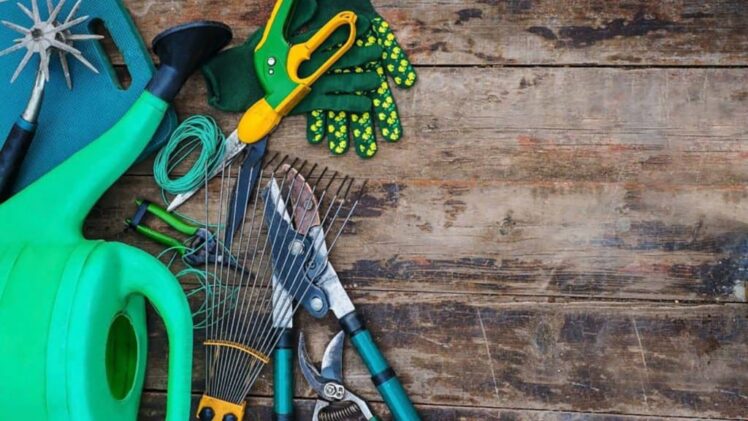
Source: google.com
Before embarking on this endeavor, gathering the right tools is imperative. The essential tools for this task include a landscaping rake, a garden spade, a lawn roller, and a spirit level.
A landscaping rake is ideal for spreading topsoil evenly, while a garden spade is perfect for breaking down large soil clumps and leveling the ground. A lawn roller will help you achieve a smooth finish, and a spirit level will ensure your garden is perfectly level. Investing in quality tools will not only make the task easier but also ensure a better finish.
The Leveling Process
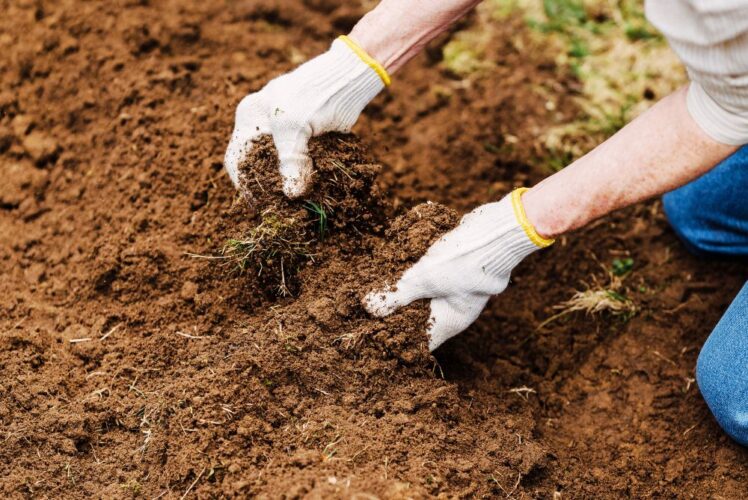
Source: provenwinners.com
With the right tools in hand, you are now ready to commence the leveling process. This process involves removing any debris, breaking up soil clumps, and spreading soil evenly across your garden.
Start by clearing your garden of any debris like rocks, sticks, and leaves. This will give you a clean slate to work with. Next, use a garden spade to break up any large clumps of soil. This will ensure a smoother leveling process.
Spreading and Compacting Soil
Once your garden is free of debris and the soil is loose, it’s time to spread the soil evenly across the garden using a landscaping rake. This tool is perfect for distributing soil and creating a level surface.
After spreading the soil, it’s essential to compact it to eliminate any air pockets and to ensure a solid foundation. Use a lawn roller to go over the area several times until the soil is compact and level. This step will also help to reveal any low spots that may need additional soil.
Final Touches
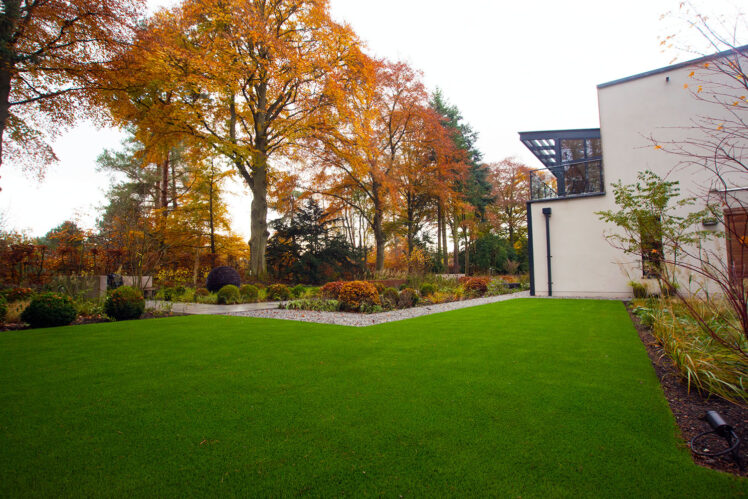
Source: lazylawn.co.uk
The final step in leveling your garden involves giving it good watering and letting it settle for a couple of days. This will help to further compact the soil and reveal any areas that may need a little more attention.
Conclusion
With a little effort and the right tools, leveling your garden is a rewarding task that will pay dividends in the form of a beautiful and functional outdoor space. Your garden is now a blank canvas ready for you to paint your horticultural masterpiece.




